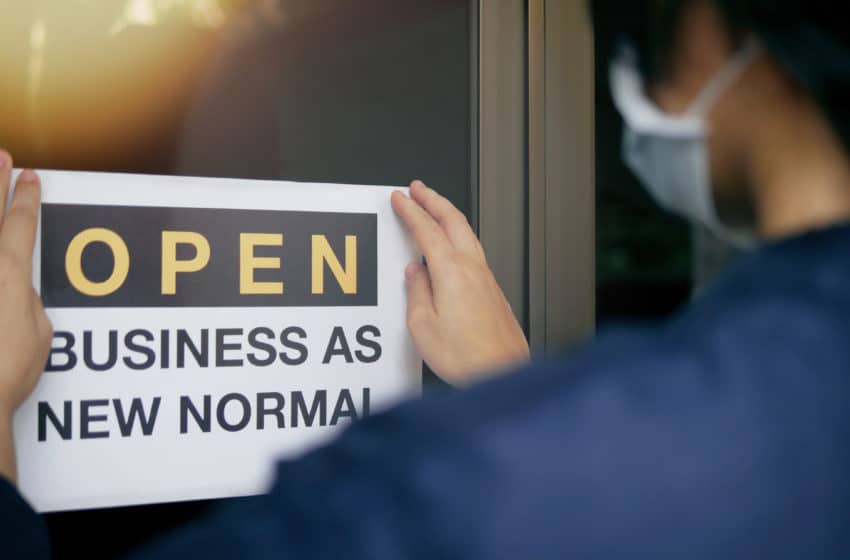Preparing for a New Sense of Business Normalcy

As Texas businesses reopen and begin the road to recovery, many leaders find themselves asking where to focus and how to reprioritize efforts in Q3 and Q4. For now, social distancing recommendations, health considerations, and decreased business travel have contributed to the “new normal” for many organizations, forcing many companies to quickly shift planning and projections for the coming months. In navigating the recovery phase, Texas employers will need to juggle both the overall health of employees and the health of business.
As business leaders look to the second half of the year, they may consider implementing the following strategies to guide their priorities and perspective.
Evaluate workforce needs
The last several months have been unprecedented, both for companies and employees. As teams return to the office, it is important for organizations to consider opportunities for improvement that may have surfaced during the extended stay-at-home period. Business leaders should encourage employees to provide honest feedback regarding work-life balance, productivity levels, and stressors to determine where to invest immediate and future attention. If employers have a grasp on how policies impacted employees during this time, they may be better equipped to make necessary adjustments.
Rethink your strategic approach
During some stages of the pandemic, many companies were conducting business transactions and workplace connections entirely online. The workforce, consumer behavior, and industry trends will likely reflect these changes for the next several months, and may even adjust permanently. Before jumping back into business as normal, company leaders should consider how the organization may need to modify existing strategies to meet the changing needs of clients. This may involve an increase in virtual presentations, a new approach to advertising, or an innovative adjustment to existing services. Taking time to track industry trends and changes can help businesses remain competitive during the transition to a new sense of normalcy.
Consider what worked
COVID-19 presented new challenges to each industry, in addition to threatening the livelihood of many businesses across the state. As companies create projections and plan for the rest of year, it is important to identify what worked well. For some, this may be a particular management style that proved successful, while for others it may be a service or product that the organization was able to quickly pivot to in order to meet the needs of a changing landscape. Business leaders should recognize where the unique advantage of the organization lies, and invest time and resources to further develop its success. Pinpointing what worked, as well as noting what didn’t, may help businesses better position themselves to withstand the next challenge.
Invest in workplace culture
To reboot employee engagement and create a new sense of normalcy as businesses continue to transition into recovery mode, employers may consider supporting new initiatives centered around workplace culture. While some organizations found ways to virtually connect with coworkers over the past several months, some individuals may feel lonely and on the edge of burnout. Company leaders may even consider shifting culture to include a focus on mental health, increased communication among team members, and more frequent opportunities for feedback.
Learn from experience
While it may feel as though the worst of the pandemic is in the past, some experts project that a second wave of the virus may arise. Business leaders should continue to keep health and safety top of mind during this time. It may be tempting to prioritize making up for lost business in Q2; however, without pausing for long enough to establish a plan should the pandemic continue, organizations may find themselves struggling even more the second time around. Companies can prepare for the unknown by remaining flexible and spending the time to ensure that teams and managers are ready should Texas implement new restrictions.
—
While it will take time for the Texas economy to fully heal, there is much that can be learned from the global pandemic, including how businesses respond in the time of crisis. Using this transitional time to reinvest in the fundamentals of the organization and prepare for the coming months and years can push companies to carry on, despite new challenges.






